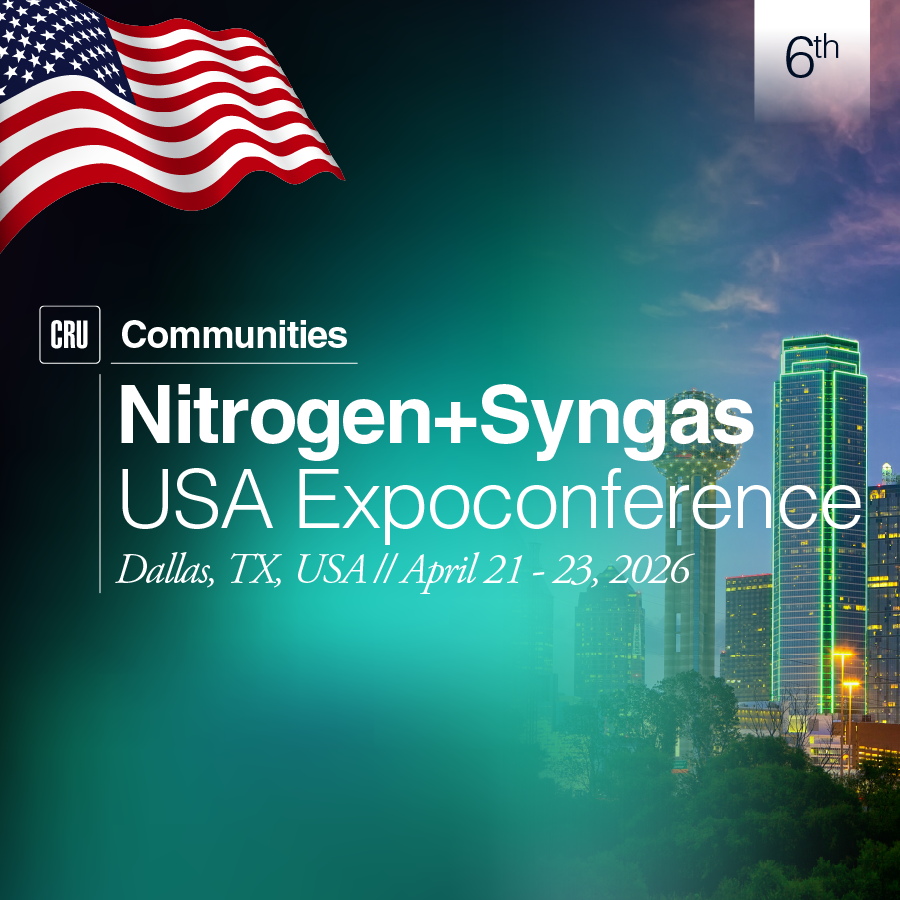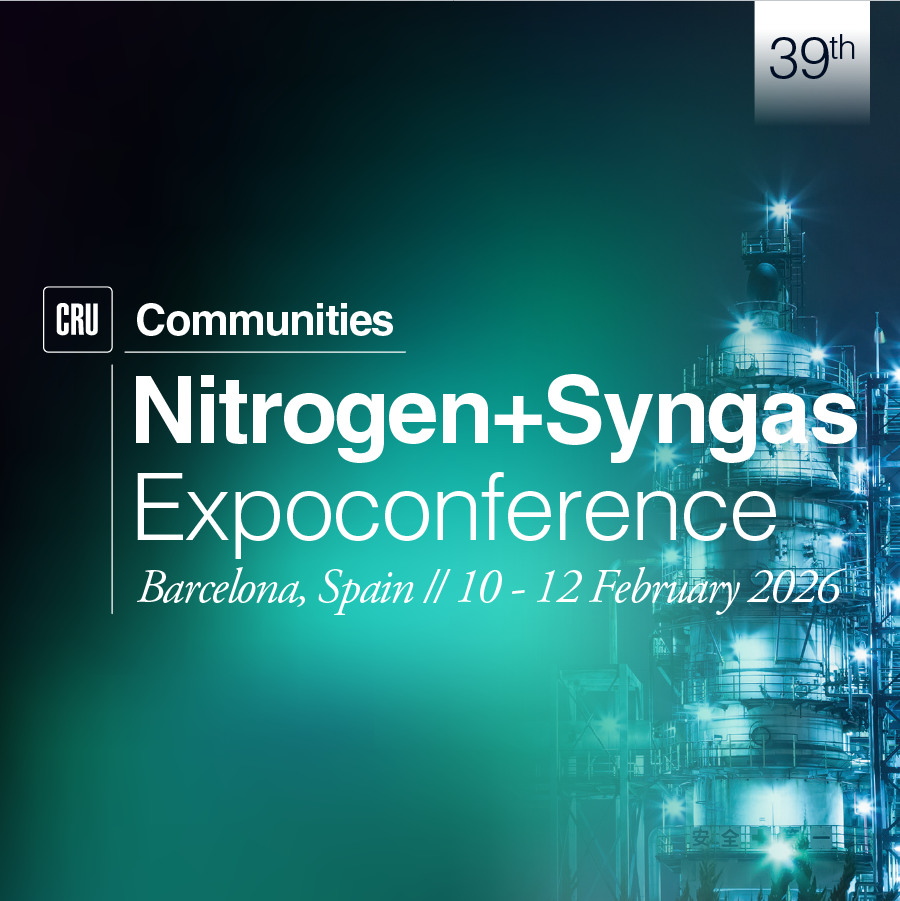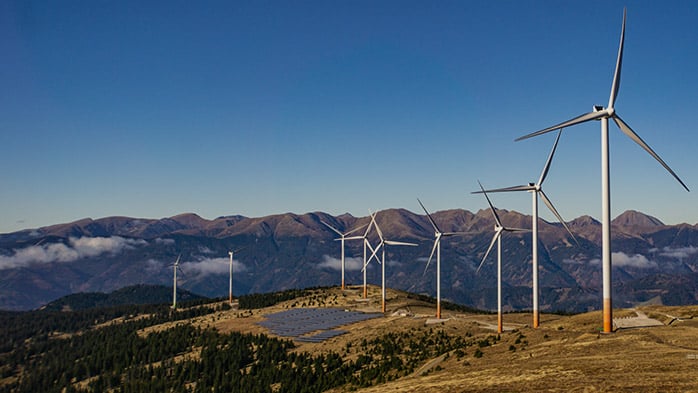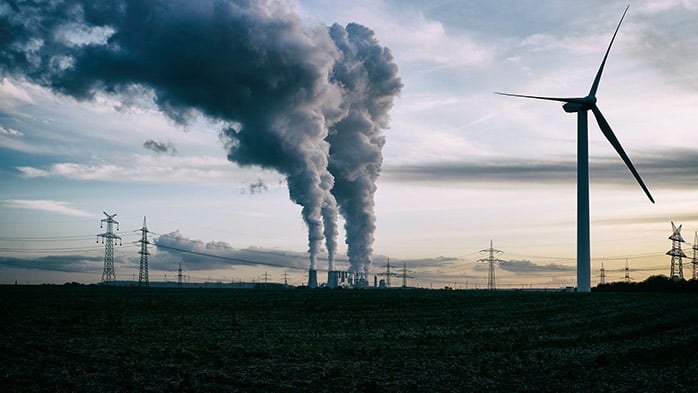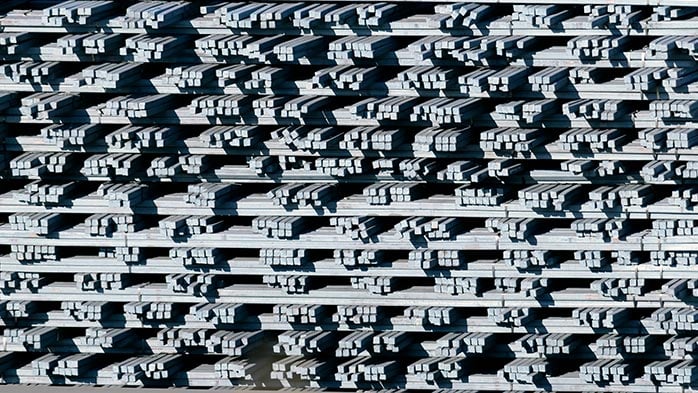On 14 July 2021, the European Commission (EC) put forward a package of proposals in order to achieve its ambitions related to climate change.
These include a proposal to revise the EU Emissions Trading System (ETS) and a proposal to implement a Carbon Border Adjustment Mechanism (CBAM), which would both impact the primary aluminium sector. As scope 2 emissions are excluded from the CBAM coverage, the proposals impact primarily the outlook for scope 1 emissions costs calculations.
Free allocation to be gradually phased out from 2026
The CBAM addresses the so-called risk of ‘carbon leakage’ and is an alternative to the system of free allocation put in place in the EU ETS. As such, the proposals provide that free allocation under the EU ETS will be gradually phased out from 2026, as the CBAM is phased in. More precisely, a factor of 0.9 will be applied to free allocations in 2026, which will decrease by 0.1 each year as shown in the table below. This means free allocation will be completely phased out by 2035, and by this time, industrials will have to pay for all of their emissions.
This directly impacts the outlook for scope 1 emissions costs, as all the emissions that a smelter produces which are not allocated for free need to be auctioned.
The table below shows the average scope 1 emissions across smelters operating in the EU ETS, as well as the outlook for the average amount of free allocations, as calculated according to the EU ETS regulations and taking into account the CBAM factor. By 2031, free allocations would represent 36% of all scope 1 emissions, which means smelters would pay for 64% of their scope 1 emissions, on average. With an EU Allowance (EUA) price of $60/t CO2e, the average scope 1 emissions cost would be around $74/t Al.
The chart below shows CRU’s base case forecast for the average scope 1 emissions cost across European smelters out to 2031, as well as what would be the outlook if no CBAM factors were applied.
Benchmarks update for the 2025-2030 period
The proposal to revise the EU ETS does not change the basic rules for calculating the free allocations received by smelters. Free allocation is based on benchmarks representing the level of performance of the best-in-class installations, within the industry. Benchmark values have been published for the 2021-2025 period, i.e. the first sub-phase of the EU ETS phase 4. However, the benchmark values for the second sub-phase running until 2030 still need to be assessed and published.
The EC’s recent proposal to revise the EU ETS provides that the maximum annual reduction rate for the benchmark values will increase from 2026, to 2.5% instead of the 1.6% currently in place. This maximum rate applies to all industries, and the actual rates applying for the aluminium industry may be lower and depend on how best-in-class installations improve performances in terms of emissions. In CRU’s base case, as shown above, the values of 1.416 and 0.302 have been used for the electrolysis benchmark and pre-bake anode benchmark, respectively, for the 2026-2030 period. They correspond to a 0.7% annual reduction rate relative to the benchmark values applied during the 2021-2025 period.
Learn more about our emissions data and analysis.




